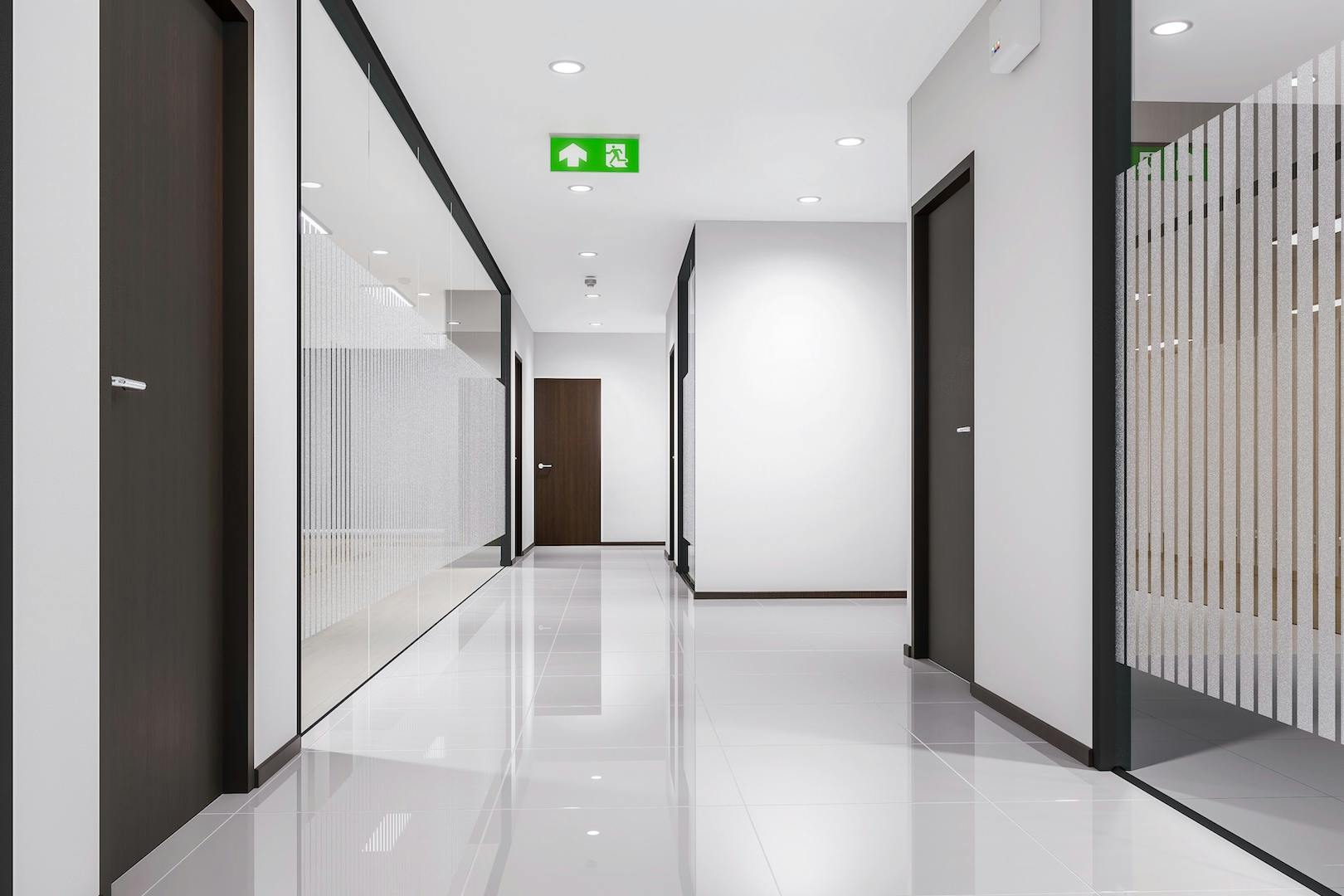Lock trims play a crucial role in access control, offering a balance between security and functionality across various applications. With the advancement of electronic access control, trim options now provide greater flexibility, allowing for remote operation, seamless integration with security systems, and enhanced control over who can enter specific areas.
Whether you're securing a classroom, bathroom, storage space, or a high-security facility, selecting the right mortise trim function is essential. Each function is designed to meet distinct security and operational requirements, ensuring compliance with safety codes while maintaining ease of use. In this guide, we’ll explore the most common electronic mortise trim functions, their key features, and where they are best utilized.
Classroom Function
Key Features: The outside lever can be electronically locked or unlocked, providing easy integration with access control systems. The latchbolt retracts when the lever is turned on either side unless the outside has been manually locked with a key. When power is applied, the outside lever allows for latchbolt retraction. The inside lever always remains free for immediate egress.
Applications: This trim is most commonly found in schools and classrooms but is also used in daycare centers, training facilities, and other educational spaces.
Benefits: This trim supports emergency egress while allowing users to lock the door from the outside. This ensures compliance with safety codes and provides a simple, reliable way to secure a room. During emergencies, the inside lever's free operation ensures that individuals can exit quickly and safely.
Storeroom Function
Key Features: The outside lever can be electronically locked or unlocked, ensuring controlled access through an access control system. The latchbolt retracts via key from the outside or by using the lever from the inside. When power is applied, the outside lever allows for latchbolt retraction. The inside lever always remains free for immediate egress.
Applications: This trim is widely used for storage rooms, offices, utility closets, supply areas, and maintenance spaces.
Benefits: With its always-locked exterior, this trim ensures that only authorized personnel can access the contents of a room. The free interior lever maintains safety by allowing easy exit in case of emergencies.
Entry Function
Key Features: The outside lever can be electronically locked or unlocked. The latchbolt and deadbolt can be retracted using a key from the outside or by turning the inside lever. When power is applied, the outside lever allows for latchbolt and deadbolt retraction. The inside lever always remains free for immediate egress.
Applications: Ideal for areas requiring both electronic access control and mechanical security, such as commercial offices, classrooms, and mixed-use facilities.
Benefits: Provides enhanced security by combining electronic control with a deadbolt for added protection. Ensures ease of use while maintaining safe and controlled access.
Privacy Function
Key Features: The lock is engaged from the inside using a thumb turn, securing the space for privacy. The outside lever remains electronically unlocked unless the deadbolt is thrown. Emergency access is always possible from the outside using a mechanical key override. The latchbolt and deadbolt retract via key from the outside or lever from the inside. The inside lever always allows for immediate egress.
Applications: Perfect for restrooms, fitting rooms, hotel bathrooms, and other private spaces.
Benefits: Occupants can secure the space for personal use, while emergency responders can override the lock from the outside if needed.
Institution Function
Key Features: Both the inside and outside levers remain locked and require a key for access. The latchbolt retracts via a key from either side. Switched power allows both levers to retract the latchbolt electronically, offering controlled access.
Applications: Primarily used in correctional facilities, high-security labs, data centers, and other highly controlled environments.
Benefits: Offering the high-security access control, this trim ensures that only authorized individuals can enter or exit. It’s ideal for spaces where strict security protocols are necessary, such as areas housing sensitive information or valuable assets.
Conclusion
Each mortise trim function serves a specific purpose, providing tailored solutions for diverse applications. From classroom security to high-security institutional settings, the right trim enhances both safety and usability.
At Command Access, we offer a comprehensive range of trim options to meet your project needs. Our catalog is designed to support any application, and our team is here to guide you in selecting the right access control solution. Contact us today to learn more about our solutions or with any questions you may have.
